Creating a stylish and inviting home is a delicate balance between expressing personal taste and achieving a cohesive and effortless look. Sometimes, well-intentioned decor choices can inadvertently convey a sense of trying too hard, disrupting the overall harmony of a space. These pieces, often intended to add flair or sophistication, can instead feel forced or out of place. Recognizing these potential pitfalls can help homeowners curate a more authentic and relaxed aesthetic.
1. Matching Furniture Sets (Too Perfectly Coordinated)
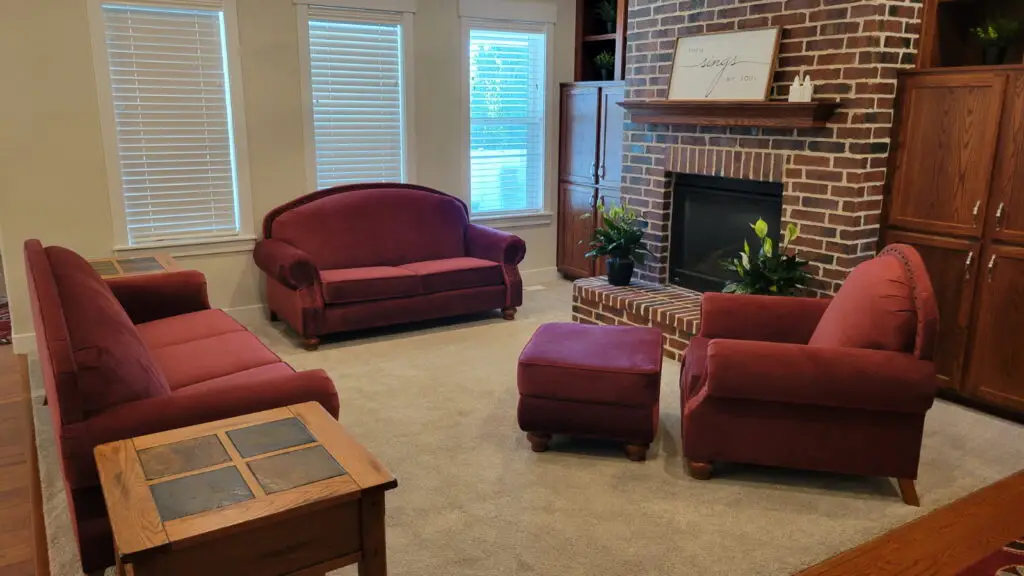
While the convenience of matching furniture sets is undeniable, they can sometimes create a room that lacks personality and feels overly staged. When every piece in a living room or bedroom is from the same collection, the space can appear as if it was designed all at once without any individual curation, says Homes & Gardens. This perfect coordination can come across as lacking in spontaneity and personal history.
Instead of relying solely on matching sets, incorporating individual pieces that complement each other in terms of style, color, and scale can create a more dynamic and interesting space. Mixing different textures and finishes also adds depth and visual interest, preventing the room from feeling too uniform. A well-collected look often feels more authentic and less like a showroom.
2. Excessive Throw Pillows (Overly Staged Comfort)
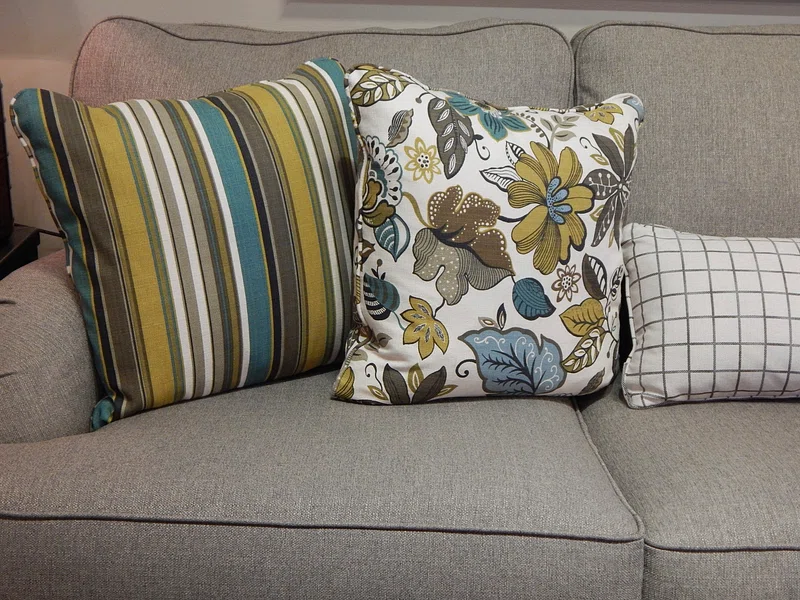
A few well-chosen throw pillows can add comfort and visual interest to a sofa or bed. However, an abundance of throw pillows, especially if they are overly decorative or impractical, can create a look that feels more staged than inviting. Spending several minutes arranging and then removing numerous pillows can detract from the ease of actually using the furniture, notes Apartment Therapy.
Opting for a smaller selection of high-quality pillows in varying sizes and textures can achieve a comfortable and stylish look without feeling overwhelming. Prioritizing functionality and ease of use over sheer quantity ensures that the pillows enhance the space rather than becoming an obstacle. A thoughtfully curated arrangement of a few pillows often conveys a more relaxed and intentional sense of style.
3. Wall-to-Wall Decor Themes (Overly Literal Interpretation)
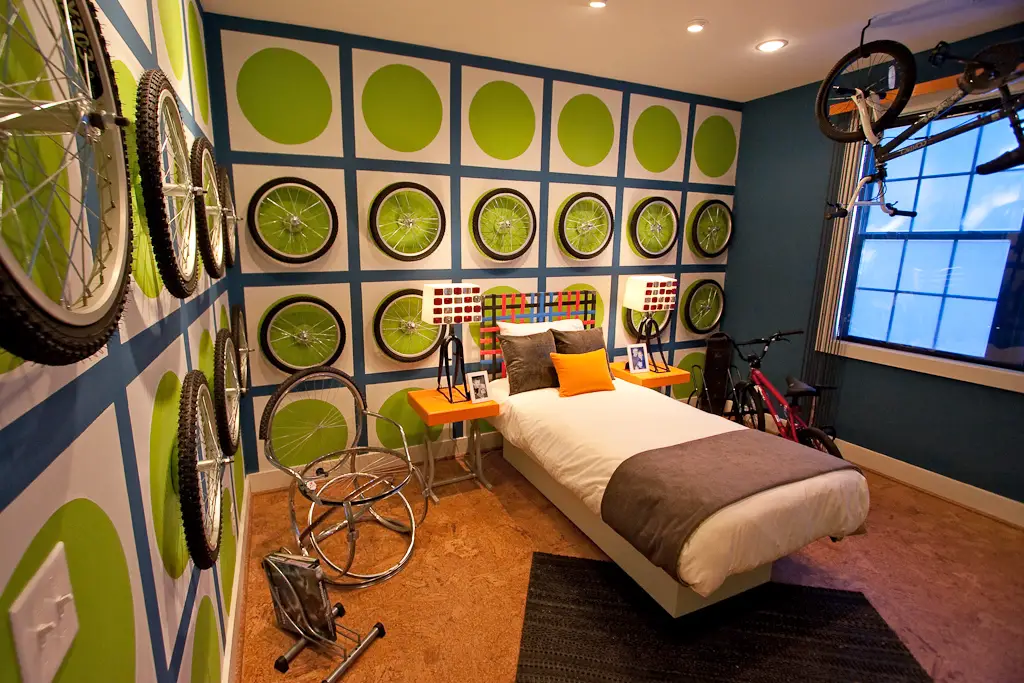
Carrying a specific theme too literally throughout an entire room or home can sometimes feel forced and inauthentic. For example, a bathroom filled with an overwhelming amount of nautical paraphernalia or a living room saturated with a single animal print can lose its subtlety and appear contrived. A more nuanced approach to incorporating themes is often more effective, suggests Architectural Digest.
Instead of a literal interpretation, consider using thematic elements more sparingly through artwork, textiles, or a few carefully chosen accessories. Allowing a theme to emerge more subtly creates a more sophisticated and less overwhelming space. A gentle nod to a theme can add interest without dominating the entire aesthetic.
4. Furniture Covered in Plastic (Preserving Over Comfort)

While the intention behind covering furniture in plastic slipcovers is often to protect it, this practice can create a room that feels unwelcoming and uncomfortable. While it can evoke some nostalgia, per Tenement Museum, the slick texture and visual distortion of plastic can detract from the aesthetic appeal and the tactile enjoyment of the furniture itself. Prioritizing preservation over comfort can send the wrong message.
Choosing durable and stain-resistant fabrics or investing in professional cleaning services can be more effective ways to maintain furniture while still allowing it to be enjoyed fully. Embracing the natural wear and tear of well-loved pieces can also contribute to a more relaxed and lived-in feel. Comfort and usability should ideally take precedence over an overly cautious approach to preservation.
5. Unnecessary Formal Dining Rooms (Unused Grandeur)

In contemporary living, a rarely used formal dining room can sometimes feel like an outdated and unnecessary space, especially if it doesn’t align with the homeowners’ lifestyle. Keeping a room perfectly staged for formal occasions that seldom occur can convey a sense of trying too hard to adhere to traditional notions of entertaining.
Reimagining this space to better suit everyday needs, such as a home office, a library, or a less formal dining area, can create a more functional and authentic home. Embracing how the homeowners actually live, rather than how they think they should live, often results in a more comfortable and genuine space. Flexibility and adaptability in room usage can reflect a more modern approach to home design.
6. Overly Trendy Accent Walls (Chasing Fleeting Fads)
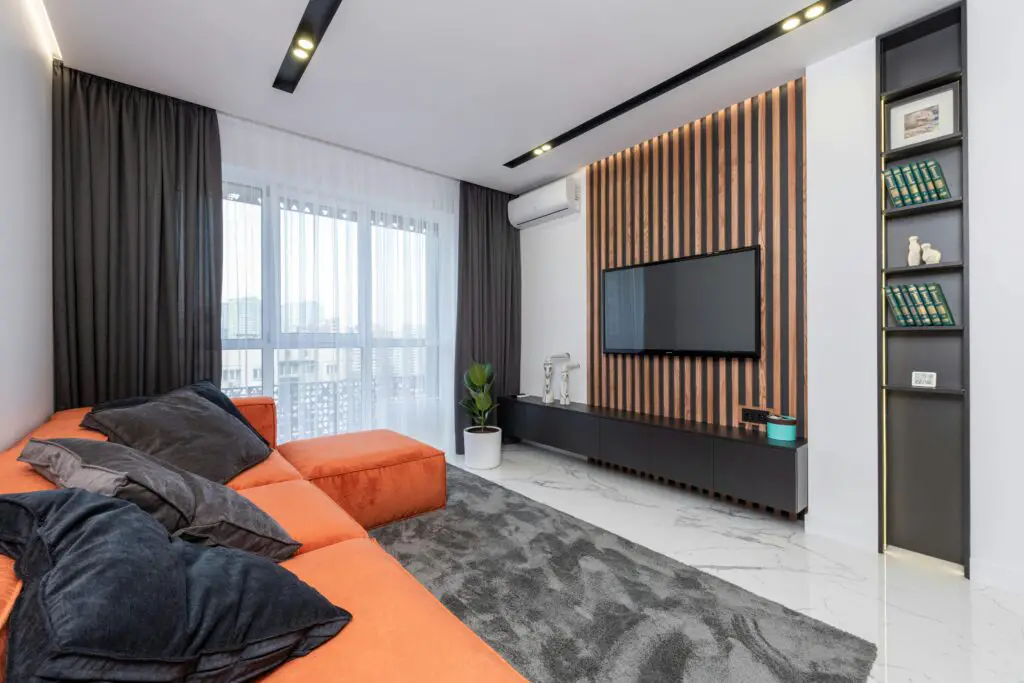
While accent walls can add visual interest, choosing a very bold or trendy design that is likely to quickly fall out of favor can make a room feel dated sooner rather than later. Following fleeting fads too closely can convey a sense of constantly trying to keep up with the latest styles, potentially at the expense of personal and lasting taste.
Opting for more timeless colors, textures, or subtle patterns for accent walls can provide visual interest without the risk of the space feeling quickly outdated. If bold trends are desired, incorporating them through easily changeable accessories or artwork can be a less permanent and more adaptable approach. A focus on enduring style often creates a more sophisticated and less trend-driven aesthetic.
7. Collections Displayed Without Editing (Cluttered Enthusiasm)

Displaying collections of cherished items can add personality to a home. However, showcasing every single item without any sense of editing or curation can sometimes lead to a cluttered and overwhelming space. An unedited collection, no matter how beloved, can detract from the visual appeal of a room.
Taking the time to thoughtfully select and arrange the best pieces from a collection can create a more impactful and visually pleasing display. Rotating items or storing some away can keep the presentation fresh and prevent the space from feeling overwhelmed by too many objects. Intentional editing highlights the beauty of individual pieces.
8. Too Many Quotes and Word Art (Literal Sentimentality)
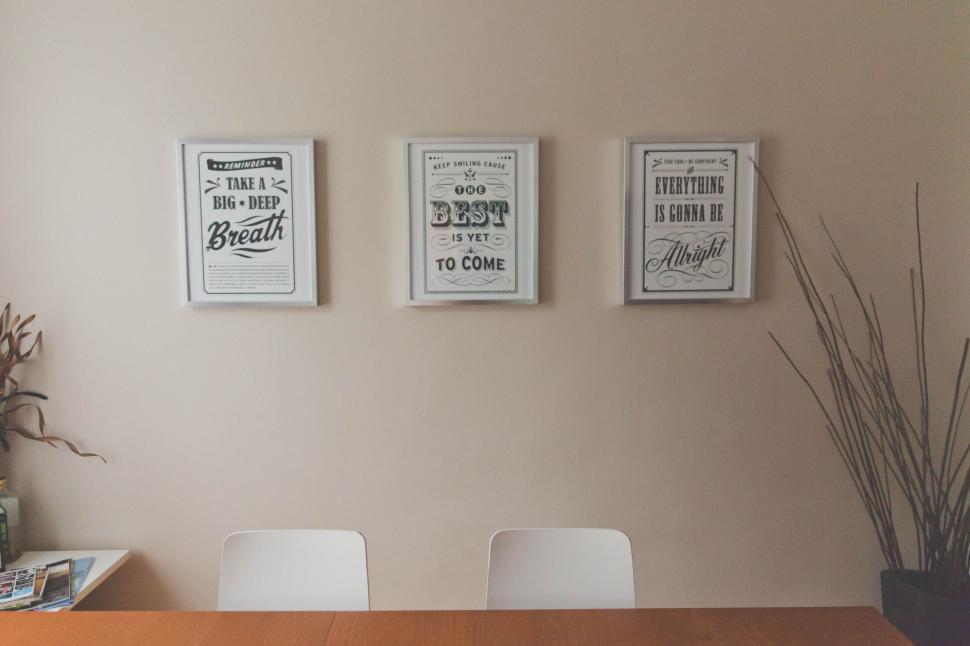
A carefully chosen piece of word art or a meaningful quote can add a personal touch to a home. However, an excessive display of such items throughout a space can sometimes feel overly sentimental or even cliché. Relying too heavily on literal expressions of feelings or inspiration through wall decor can lose its impact.
Integrating personal sentiments more subtly through meaningful artwork, photographs, or carefully chosen objects can often be more impactful. Allowing personality to emerge through a variety of decor elements creates a richer and more nuanced expression of personal style. A less literal approach to sentimentality can feel more authentic.
9. Fake Plants That Look Fake (Artificial Unconvincingness)
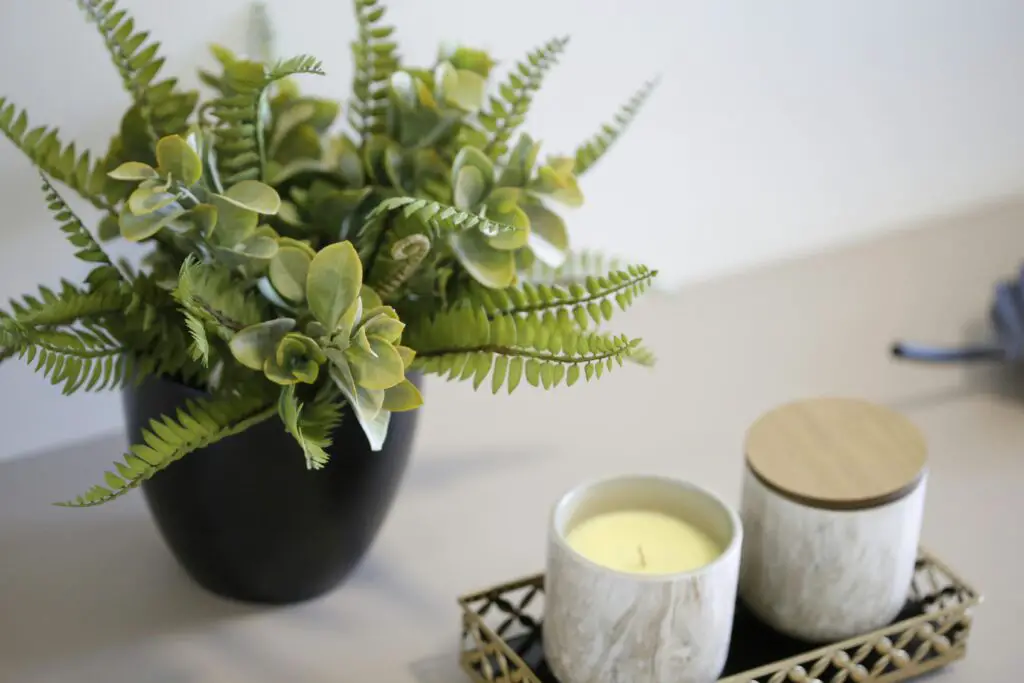
While the appeal of low-maintenance greenery is understandable, artificial plants that are clearly not realistic can detract from the aesthetic of a space. Poorly made fake plants can look dusty and lifeless, ultimately undermining the intention of bringing a touch of nature indoors.
If live plants are not an option, choosing high-quality artificial plants that closely mimic the appearance of real ones can be a better alternative. Alternatively, focusing on other natural elements like cut flowers or interesting branches can bring a touch of the outdoors in a more convincing way. Quality over convenience is key when opting for artificial greenery.
10. Overly Themed Holiday Decor (Seasonal Saturation)

While celebrating holidays with festive decor is enjoyable, saturating an entire home with overly themed decorations for every occasion can sometimes feel excessive. An overwhelming amount of holiday paraphernalia can detract from the regular aesthetic of the space and feel like a constant state of temporary disarray.
Choosing a few key, tasteful holiday decorations that complement the existing decor can create a festive atmosphere without overwhelming the space. Focusing on quality over quantity and editing the display can lead to a more sophisticated and less cluttered holiday look. A more restrained approach often feels more elegant.
11. Perfectly Styled Bookshelves (Form Over Function)
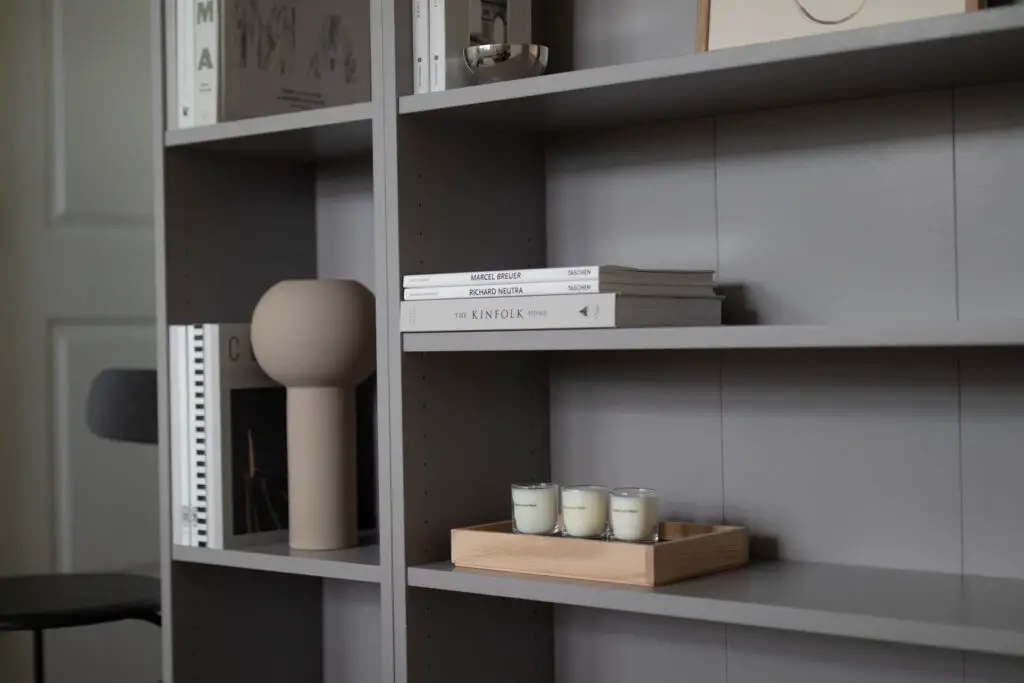
While aesthetically pleasing bookshelves can enhance a room, styling them to the point where books are primarily arranged by color or size, rather than accessibility, can convey a sense of prioritizing form over function. Bookshelves are meant to house and display reading material, and an overly styled arrangement can make them appear impractical.
A balanced approach that combines visually appealing arrangements with easy access to books is often more successful. Incorporating a mix of vertical and horizontal book stacks, along with decorative objects, can create visual interest while still maintaining the functionality of the shelves. A well-used and well-styled bookshelf reflects a genuine love of reading and design.
12. Trendy Furniture Pieces That Don’t Fit the Space (Scale and Proportion Issues)

Incorporating a trendy furniture piece simply because it’s currently popular, without considering its scale and proportion within the room, can create a visually jarring effect. An oversized sofa in a small living room or delicate chairs in a grand space can feel out of place and disrupt the overall balance of the design.
Paying close attention to the dimensions of a room and choosing furniture that is appropriately scaled to the space is crucial for achieving a harmonious look. Ensuring that furniture pieces relate well to each other in terms of size and visual weight contributes to a more cohesive and intentional design. Proper scale and proportion are fundamental to good interior design.
13. Too Many Different Design Styles in One Room (Lack of Cohesion)
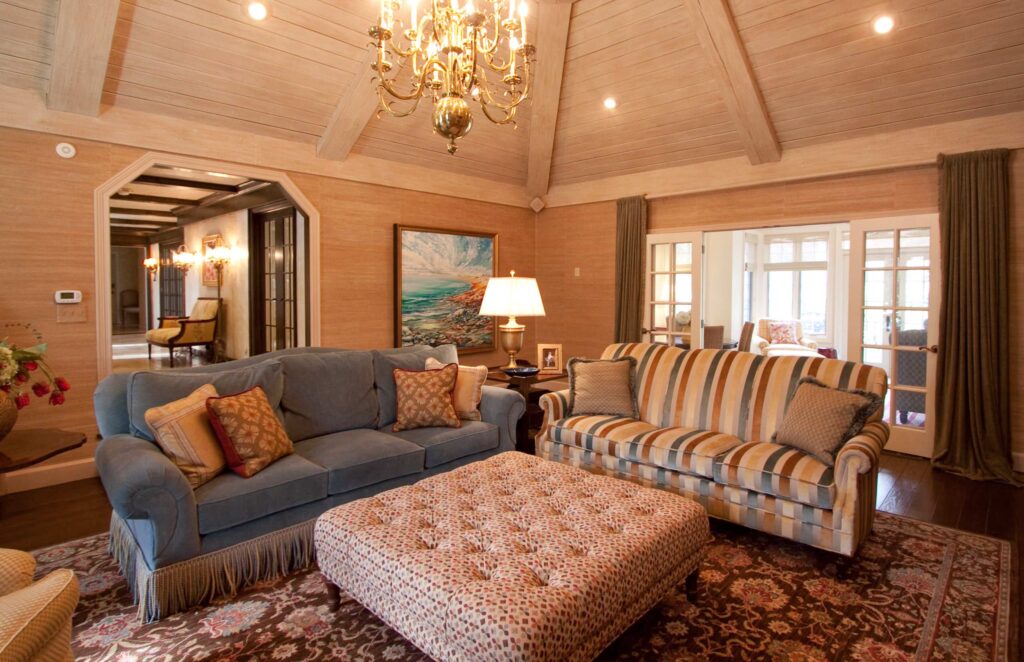
Attempting to incorporate too many distinct and conflicting design styles within a single room can often result in a space that feels chaotic and lacks a sense of cohesion. While a degree of eclecticism can be appealing, mixing too many disparate elements without a unifying thread can make the room feel disjointed and unplanned.
Establishing a primary design style as a foundation and then layering in a few carefully chosen accent pieces from complementary styles can create a more harmonious and intentional look. Identifying a common element, such as color, texture, or a general aesthetic, can help tie different styles together effectively. A well-edited mix of styles reflects a thoughtful and curated approach.
14. Impractical or Uncomfortable Furniture (Style Over Substance)

Choosing furniture solely based on its visual appeal, without considering its comfort or functionality for everyday use, can create a home that looks good but isn’t truly livable. Beautiful but uncomfortable sofas or chairs that are rarely used can convey a sense of prioritizing style over substance. A home should be both aesthetically pleasing and functional.
Prioritizing comfort and usability when selecting furniture ensures that the space is not only visually appealing but also enjoyable to live in. Choosing pieces that are both stylish and comfortable creates a more welcoming and authentic home. A well-designed space should enhance daily life, not just look good in photographs.
